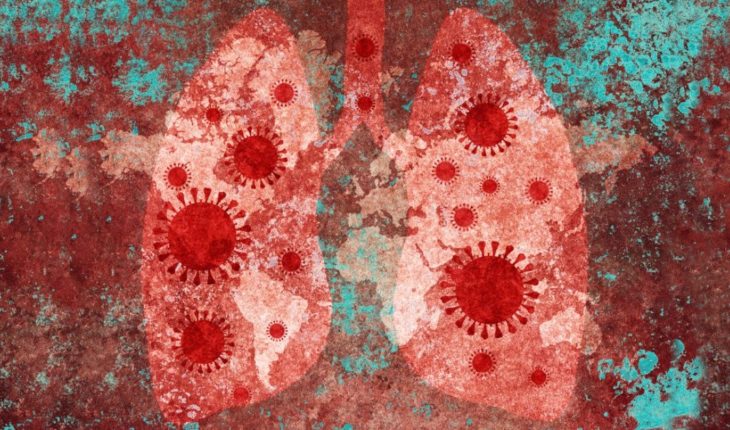According to several reports, some coronavirus patients are developing dangerously low oxygen levels long before they begin to feel short of breath. This condition, called silent hypoxia, could explain why patients were without being risk groups or suffering from chronic diseases, died suddenly without severe respiratory distress.
Richard Levitan, a volunteer doctor at a New York City hospital, wrote in The New York Times what he had observed: seemingly mild patients arrived with oxygen levels in the blood so low that they should have been unconscious; and their chest scanners revealed rampant pneumonia. Levitan explains that when these people begin to notice shortness of breath, which usually occurs two to seven days after the first symptoms of COVID-19, the disease could be dangerously advanced. Getting pneumonia early on, before shortness of breath occurs, could prevent silent hypoxia by having fluid fill the alveoli of the lungs, thus preventing oxygen from spreading into the blood. With regular hypoxia, this fluid buildup hardens the lungs quickly and causes a feeling of dyspnoea. But for those with silent hypoxia, the lungs remain flexible, even when they slowly lose their ability to absorb oxygen.
Doctors typically look for 95% to 100% oxygen saturation for healthy patients. Oxygen levels below 90% indicate a clinical emergency, according to the World Health Organization.Levitan states that some COVID-19 patients entered the hospital with levels as low as 50%, who should be unconscious. It argues that in order to avoid such deaths or worsening pictures, early diagnosis of respiratory diseases that, such as silent hypoxia, cannot be perceived is important. And it recommends, for this, the use of pulse oximeters that allow to control oxygen levels in the blood. In this note:





